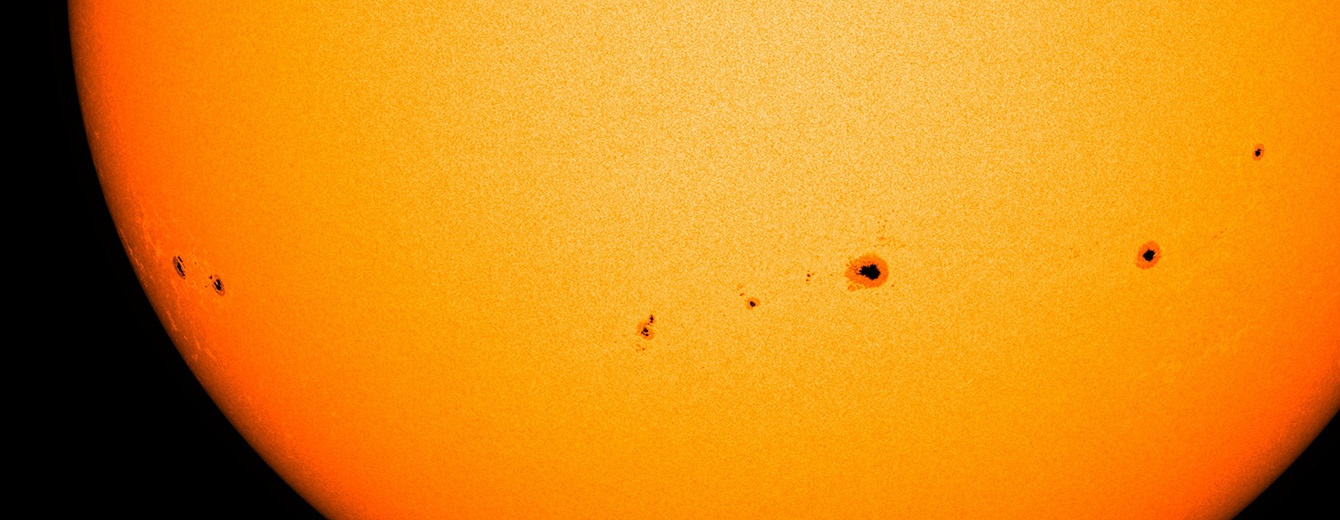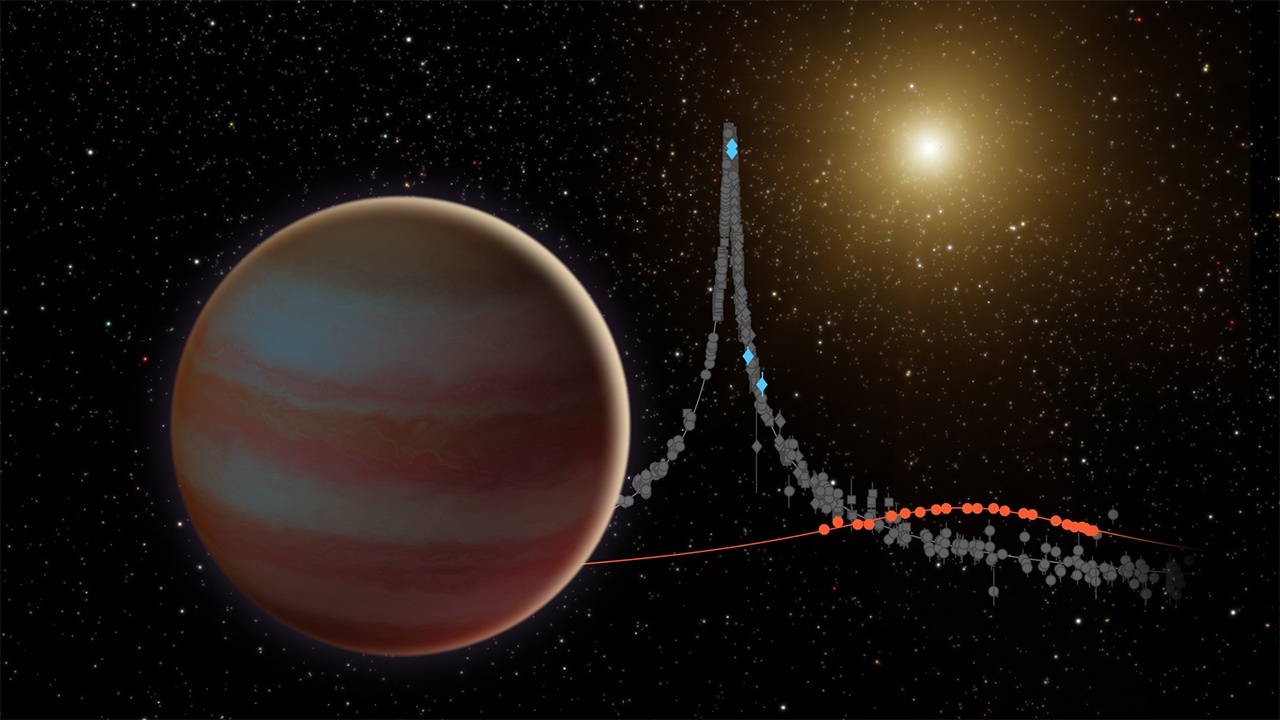Astronomers routinely provide the ages of the stars they study. But the methods of measuring ages aren’t 100% accurate. Measuring the ages of distant stars is a difficult task.
The Nancy Grace Roman Space Telescope should make some progress.
Continue reading “Roman Will Learn the Ages of Hundreds of Thousands of Stars”

